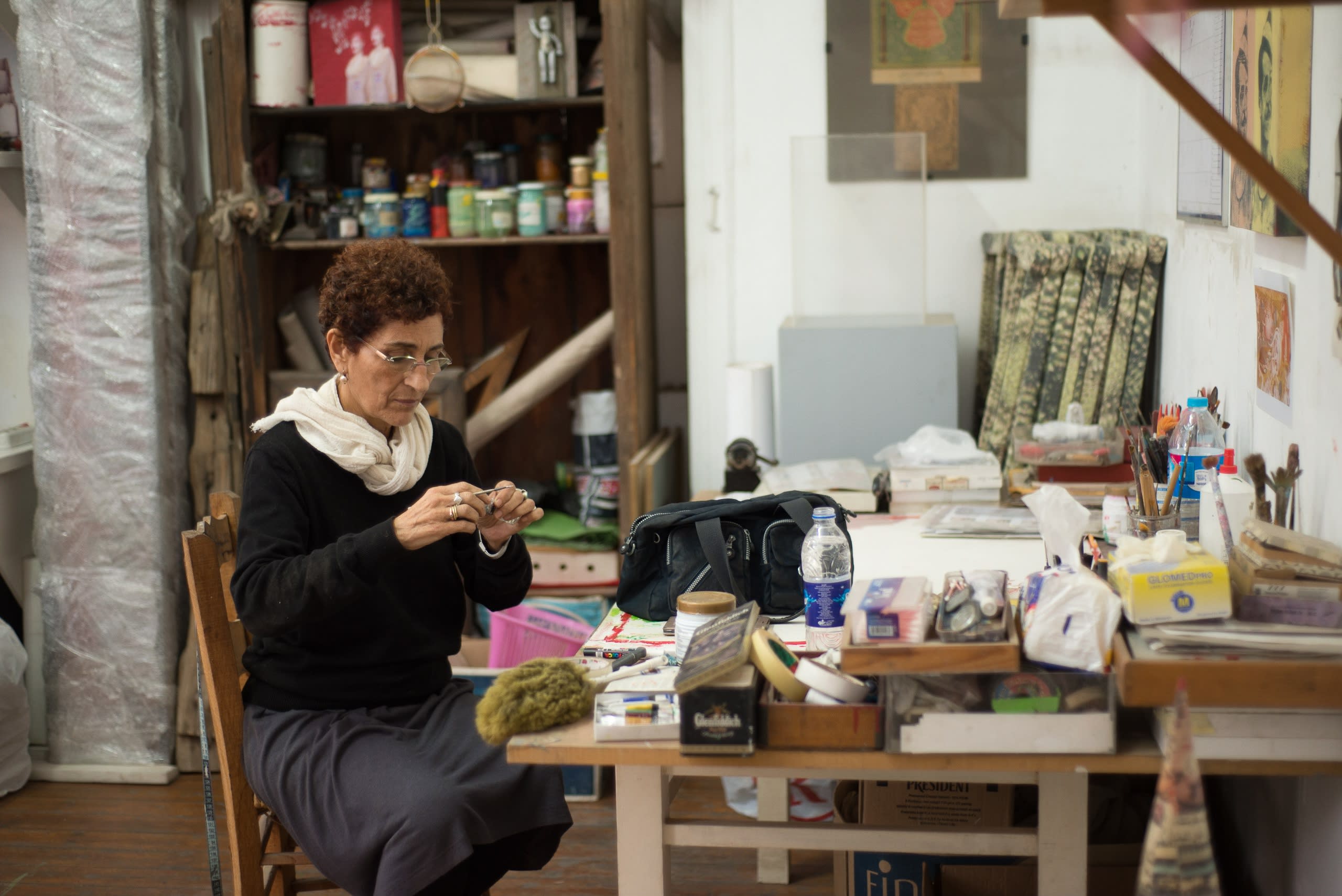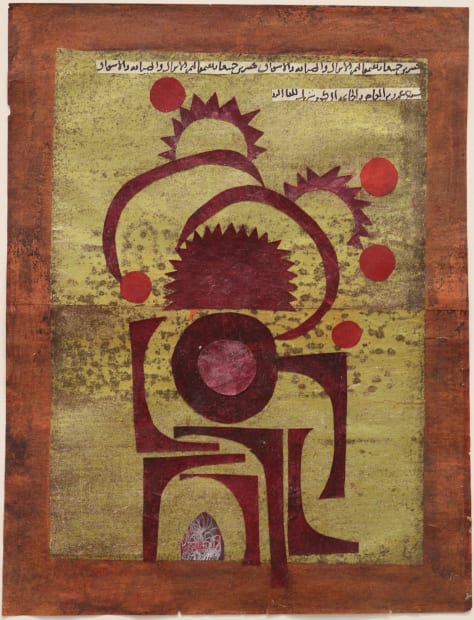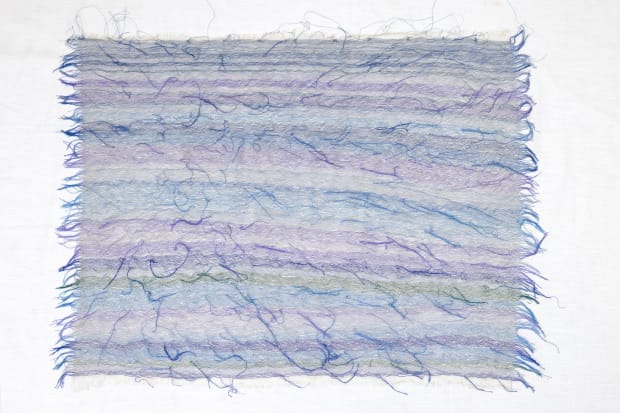-
-
Essay by Samia MehrezHuda Lutfi is one of Egypt’s leading contemporary artists whose contribution since the early 1990s has amassed recognition in both local and international art venues. Trained as a cultural historian, she had a long academic career before dedicating her time to producing art. Her intimate knowledge of and engagement with multiple historical, aesthetic, and spiritual traditions are not only inspirational but central to her art practice. As a self-taught artist, Lutfi’s artistic inclinations run parallel to her academic career, for she grew up in a family with an interest in different crafts: a mother who was a seamstress and a father and older brother who made carpentry a profession. Her years as a graduate student at McGill University researching medieval documents and texts brought forth a fascination with Arabic calligraphy that eventually became integral to much of her artwork, rising to the level of a private language.
-
 Huda Lutfi Portrait. Photogrpahy by Amina Kadous.
Huda Lutfi Portrait. Photogrpahy by Amina Kadous. -
Not surprisingly, the human body offers a canvas for the personal, becoming vital to Lutfi’s artistic lexicon. It is mutilated, dismembered, constrained, shrouded, commodified, but also iconic, euphoric, dancing, floating, and ephemeral. Here, too, Lutfi defies fixed oppositions of dichotomies, blurring the boundaries between the feminine and the masculine, the spiritual and the physical, to foreground their interplay in the creative process.
-
Since 2006, Lutfi has exhibited a representative range of works at The Third Line starting with From Egypt with Love and Zan’it al-Sittat (2008) and Magnetic Bodies: Imaging the Urban (2016) to Still (2018). Whereas the first three exhibitions focused more prominently on urban and gender politics, the last one was marked by a more tranquil, introspective narrative that offered different visual and conceptual concerns.
-
-
To unravel is to undo, disentangle, unknot, and unwind, as much as it is to elucidate, decode, decipher, and resolve.
Lutfi’s current exhibition, Unraveling, expands and deepens these new directions. It showcases selected works from three of her more recent series that span a period of six years. Lutfi characterizes this period of political apathy as one of reflection and withdrawal. It is also a period marked by her own illness and the deterioration of her mother’s already fragile health. At this juncture, Lutfi’s gaze turns inward seeking to unravel the meaning of life and the precariousness of the human condition. To unravel is to undo, disentangle, unknot, and unwind, as much as it is to elucidate, decode, decipher, and resolve. Such is the impetus behind these works where Lutfi delves into an intimate space where the meditative is expressed through images that expose feelings of fear, anger, and hopelessness, making them at once visible and decipherable. Instead of the outside world of the city and its urban culture and politics, these works reveal a world of the subliminal, extending Lutfi’s aesthetic and conceptual sensibility in new directions.
-
Lutfi appropriates the title When Dreams Call for Silence from a line of poetry by Egyptian-French surrealist poet, Joyce Mansour (1928-1986). The collection is steeped in the surreal through the ambiguity of domestic space as both a site for comfort and a place where nightmares occur. Here, Lutfi explores the symbiotic relationship between silence and dreams: How to translate silence? How to quieten the chatter of the brain? How to translate the emotions of the subconscious beyond the rationality of modern society? The answers are in the images themselves: a severed head resting quietly on a chair gazing at the viewer; a procession of female figures marching into the unknown; the encased shrouded mummies in perfect stillness with hands on their lips; the instability of a seesaw; and the unburdened bodies floating in the air. These images evoke notions of ritual and passage – from a state of anxiety to a state of peace, from life to the stillness of death.
-
 Huda Lutfi, Healing Device (2), 2024, Collage of recycled paintings on paper, 32 x 25 cm.
Huda Lutfi, Healing Device (2), 2024, Collage of recycled paintings on paper, 32 x 25 cm. -
-
 Huda Lutfi, Blue Waves, 2022, Organza fabric and thread, 46 x 60 cm
Huda Lutfi, Blue Waves, 2022, Organza fabric and thread, 46 x 60 cm
Huda Lutfi: Unraveling
Current viewing_room




